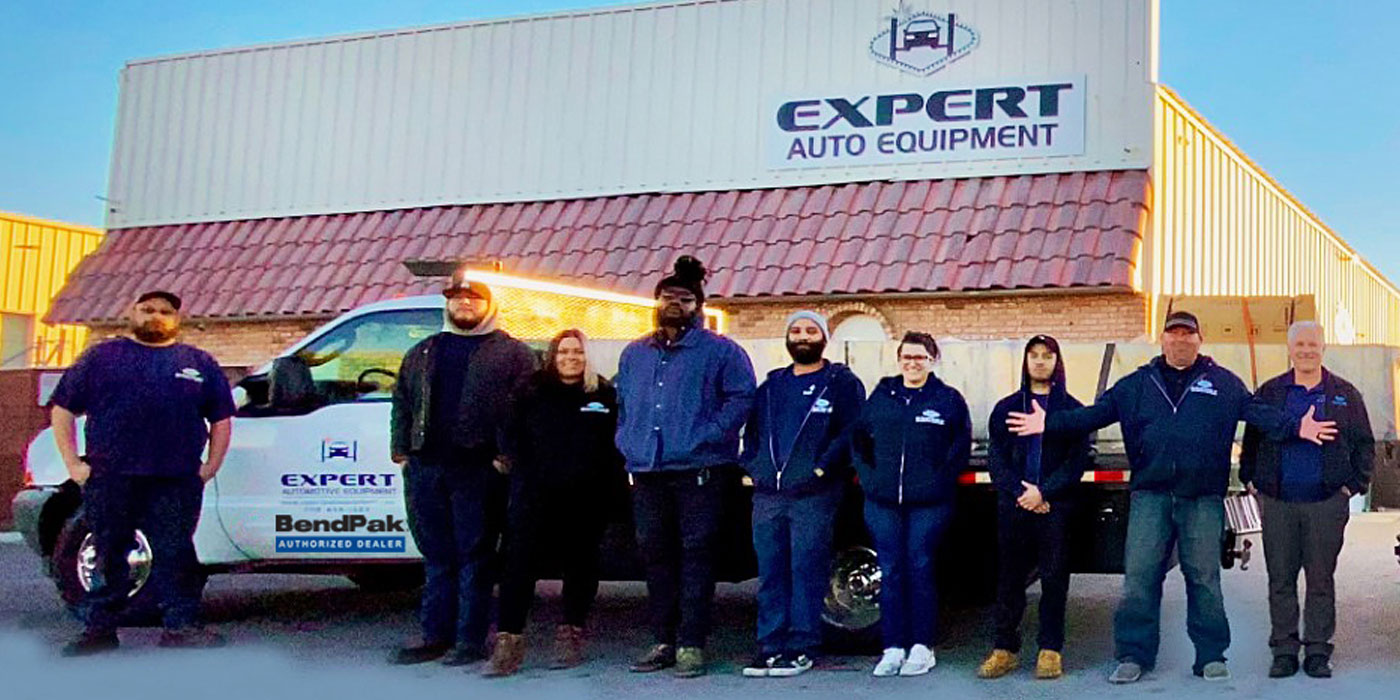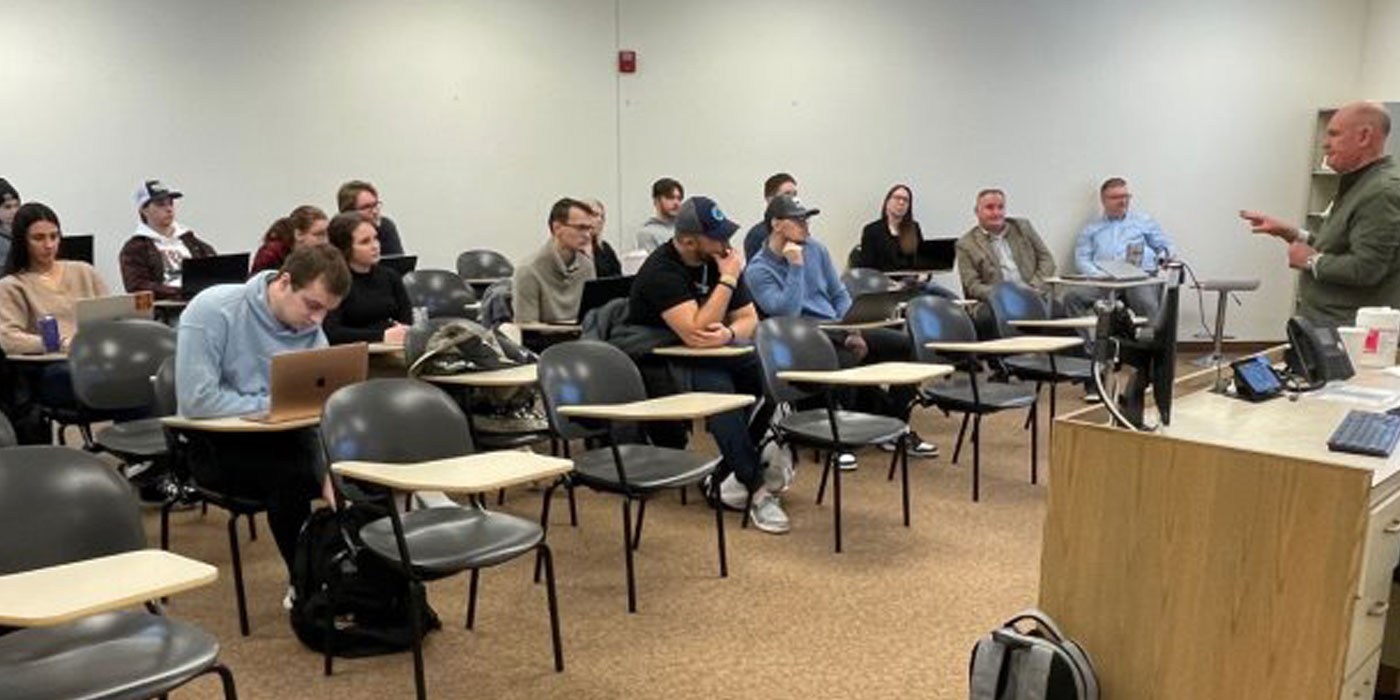Last month, we looked at the concepts of marketing and advertising and how they can be applied to a parts store (Improve Your Store Marketing, page 46). Now that we’ve identified the importance of advertising, you’ll need to create an advertising budget so you can begin determining the dollars necessary to put your parts store marketing and advertising strategy in motion.
After you have examined your market and identified your place within it, the next step is attracting the public and enticing consumers to buy your goods. Hence, the primary objective of advertising is to sell customers the advertised product. To make this happen, there are three things you must do:
- Define – Identify your market and inform customers of the products you have available.
- Persuade – Tell customers why they should choose your product (price, special features, superior performance, etc.) over your competition.
- Reinforce – Continuously expresses the product value to your customers.
In order to put your advertising program into action, you’ll have to spend money. Naturally, you have to decide how much money to spend. This will be your advertising budget. There are several ways to determine the amount of money you will need to meet your advertising objectives.
PERCENTAGE OF SALES
Percentage of sales is one of the most widely accepted methods of budgeting. As its name implies, this method uses a percentage of your annual sales dollars as an ad budget. For this reason, it is also easy to calculate.
For example, assume that total sales and anticipated sales are $3 million. Also, for this example, assume that your accepted percentage for advertising is 2 percent. By this method your advertising budget will be $60,000 for the year – $3,000,000 x .02 = $60,000.
The percentage of sales method allows you to establish a set advertising amount. However, this method does have a drawback. Although this method may have served your purposes in the past, it relies on an advertising budget that remains the same year after year offering little room for future growth. That growth may depend on spending additional dollars, which, unfortunately, a set budget does not allow. While this method affords you some safety in your advertising spending, it restricts increased spending, which may increase total sales. To emphasize this point, suppose that you have a particularly slow year. To base your future year’s ad budget on a previously stagnant sales year will certainly not allow you the advertising dollars needed to simulate new sales as the economy picks up. Moreover, most advertising media (newspaper, radio, TV, direct mail) rates increase each year, making the amount of advertising space, time or services you buy shrink year after year. Also remember that by using this method, a smaller business within its market will not have the same-size advertising budget as a larger business of its type. The sales are simply not there.
ARBITRARY AVAILABILITY OF ADVERTISING FUNDS
The basis of this approach simply depends on answering the question, "What can you afford to spend on advertising at the time?" In this case, advertising is viewed as a luxury, not a necessity. If and when advertising money is available, only then is any advertising done. Consequently, this method lacks flexibility and the logic needed for a sound advertising program.
Unfortunately, many organizations choose to spend advertising dollars haphazardly as this approach suggests. Advertising dollars spent without rhyme or reason are not worth spending at all. There is no consistency, and whatever profits that you may realize one minute may be gone the next.
MATCHING THE COMPETITION
With this method you match your competition’s advertising savvy, or lack thereof. Not only is this method the most unimaginative, you also bear the distinction of repeating your competitors’ mistakes. Their errors become yours. Just because your competitor is advertising specials on the radio does not mean you should. Rather, knowing what your competitors are doing is more beneficial for your research and can help you maintain a defensive posture for future pricing and positioning when the selling climate warrants.
THE TASK METHOD
Many businesses serve a marketplace with more than one newspaper or many broadcast stations, which can increase your ad budget. After examining your marketplace and looking at your media choices, you will find that to accomplish certain sales and advertising goals, you will have to spend a certain amount of money to buy newspaper space, broadcast time and printed mailing pieces. If the spending (money budgeted) accomplishes the task at hand, it can be considered a wise investment.
However, some parts store managers will buy space or air time in most if not all local media, thinking that by doing so they will surely hit their entire market and satisfy their advertising objectives. This is not necessarily so, and it may cause you to spend money unnecessarily. Many media overlap, particularly broadcast media, making it very important for you to know vital statistics regarding your media.
This method is not for everyone. Yet, it may allow the flexibility that the percentage of sales method does not. At times, the two may even work hand in hand. The idea is to find the budget that will accomplish your sales goals-month by month or week by week.
Whatever method or combination of methods that you decide on for establishing an advertising budget that helps you to accomplish the sales goals of your parts store, there are a few key points to keep in mind. You may need to use more advertising dollars when:
- You have strong competition;
- Your location is less than favorable to serve your customers;
- Special days and events provide an ideal opportunity for selling;
- A great price on an appealing product needs more promotion;
- Increased sales generate more advertising dollars, which generate more sales.
CO-OP ADVERTISING
Despite your best efforts, you may not be able to appropriate all of the money toward advertising that you would like. However, the success of your store and whether or not you hit your sales goals may very well depend on the amount of advertising that you do. One place to investigate when you want to stretch an advertising budget is vendor-supported advertising or cooperative (co-op) advertising. Co-op programs offer the perfect opportunity to promote brand-name products to your customers. In fact, you should be using co-op advertising even if you don’t have a problem allocating advertising dollars.
Exactly how does co-op advertising work? Vendors provide you with a dollar figure to be used for advertising. This figure can be based on a percentage of purchased inventory from the vendor. Generally, these dollars are available for a set period, such as on a yearly basis, and are not transferable to the next year should you not use the money. Usually, co-op advertising dollars earned are provided on a 50/50 basis. For instance, if you place a newspaper ad, then the vendor may cover half of the cost. But, in some cases, the vendor may even provide matching funds. Additionally, there are specific guidelines and rules that must be followed regarding: vendors sharing the same ad with other vendors, the paper work required to make a claim, time limits on submitting claims, etc. Co-op dollars can significantly cut your ad budget without sacrificing your advertising, but you must be familiar with how you’re particular co-op programs work. It’s best to check with your manufacturer representative as claim submission, co-op reimbursement amounts and advertising specifics vary from vendor to vendor.
Now that you know your market and you have some idea about setting an ad budget, you will want to start getting your message out.
Writer Gary J. Naples provides automotive parts consulting and training services through Freelance Associates, Inc. Gary is the author of two books on automotive parts management published by the Society of Automotive Engineers (SAE International): By the Numbers: Principles of Automotive Parts Management and Beyond the Numbers: Managing the Assets of an Automobile Parts Business. His books are used for training and reference by thousands of automotive industry-related individuals and businesses worldwide. He is also a member of SAE and a Scholar Member of the Round Table Group.










